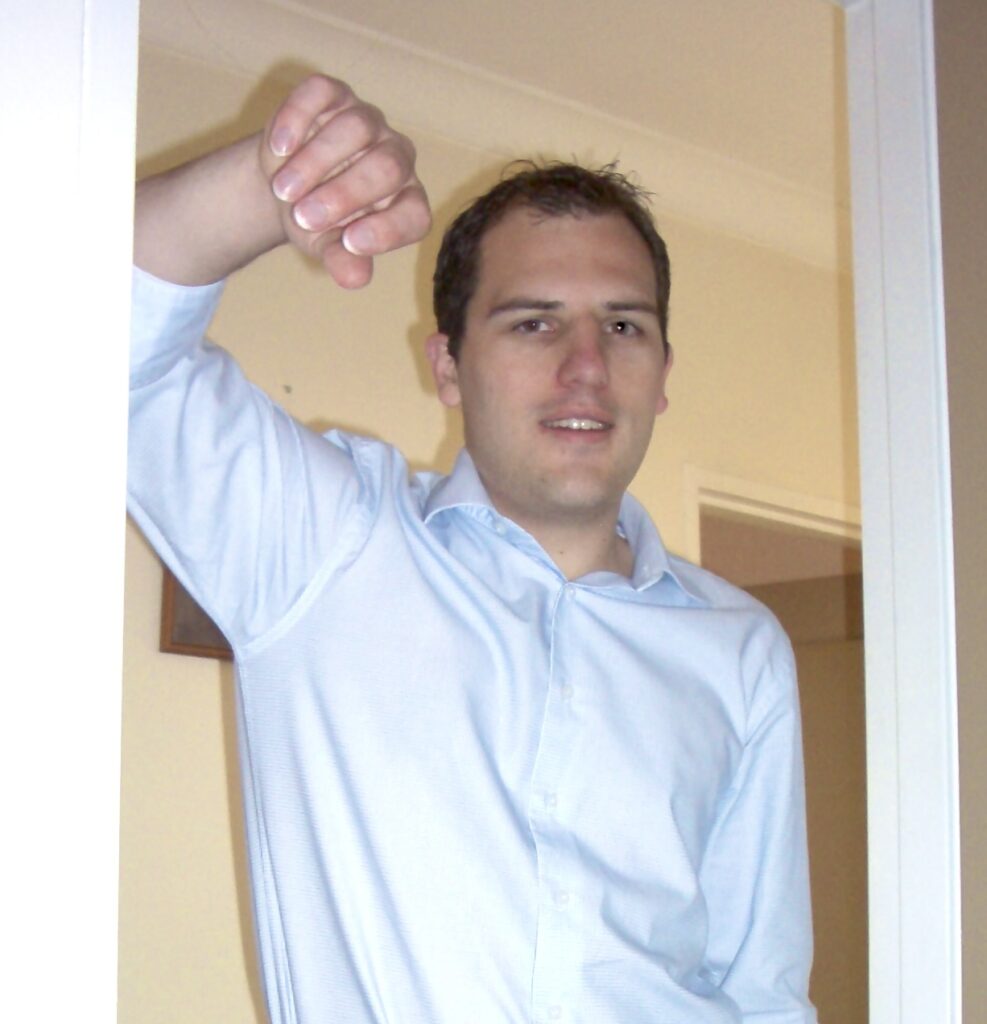
If you work in tech, you’ve almost definitely heard about microservices: the trendy style of software architecture where a system is split into multiple, independently-releasable services, that are modelled around business domains, and communicate via a network. Some people rave about all the amazing things they’ve achieved by using microservices’ benefits. Others rant about how much of their time it wastes and how much they hate it.
Like pretty much everything in tech, microservice architecture is a trade-off. Will it do great things for your organisation or not? That depends largely on how well set up you are to take advantage of the benefits and to absorb the costs.
Microservice Architecture is a trade-off. Whether it's going to do great things for your organisation depends on how well set up you are to take advantage of the benefits and absorb the costs. Read more: Microservices: The Benefits and Costs Share on XIf you’re looking to make a decision about whether to use microservices in your team (or reverse one!), here’s a list of many of the pros and cons which you’ll want to consider.
Continue reading




 In 2018, our team spent a lot of time working with feature flags and
In 2018, our team spent a lot of time working with feature flags and 

 I guess that sounds like a weird thing to just decide to do, doesn’t it? It’s actually one part of a bigger goal I have at the moment of teaching myself some practical machine learning. As part of this journey, I heard a great idea from
I guess that sounds like a weird thing to just decide to do, doesn’t it? It’s actually one part of a bigger goal I have at the moment of teaching myself some practical machine learning. As part of this journey, I heard a great idea from 